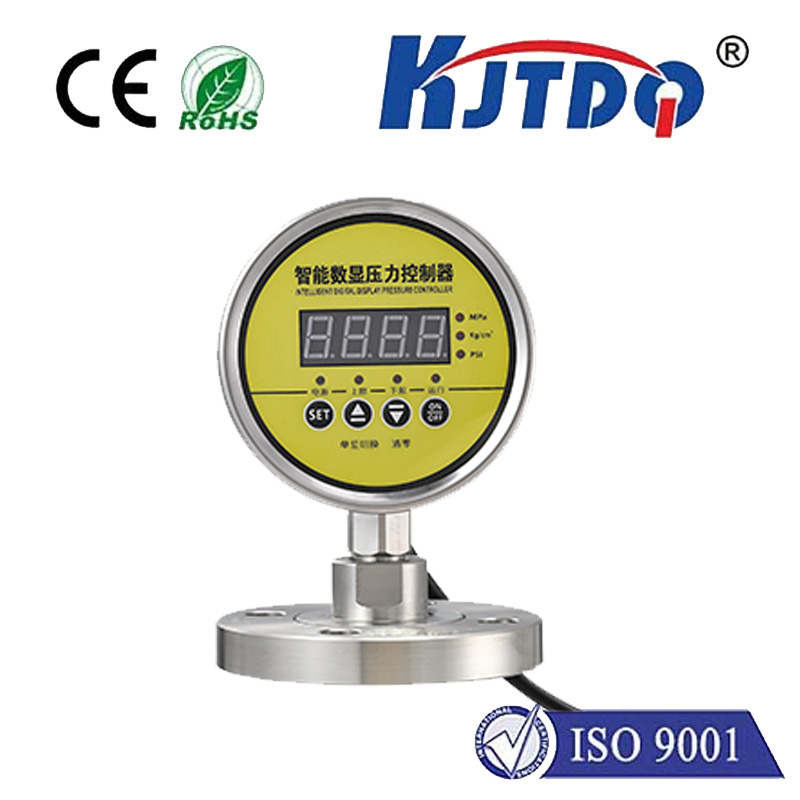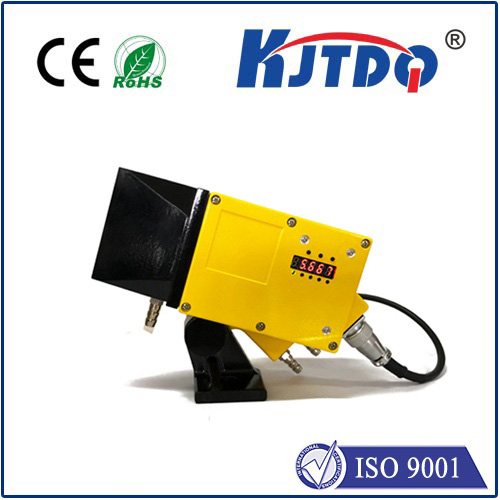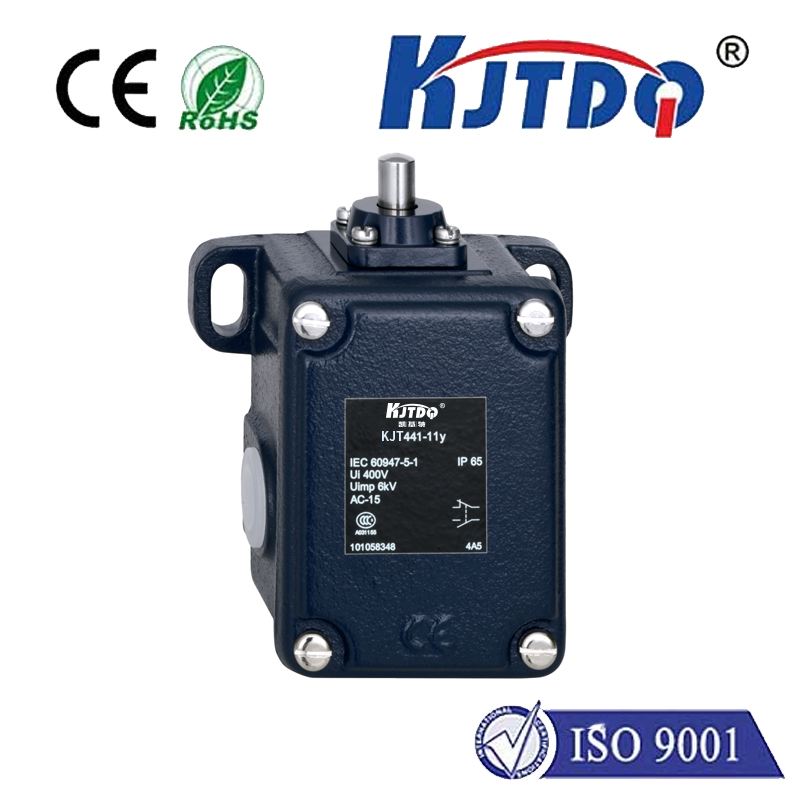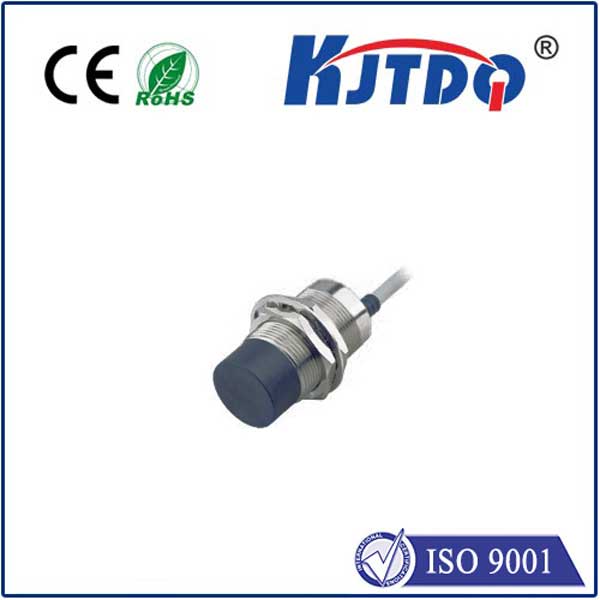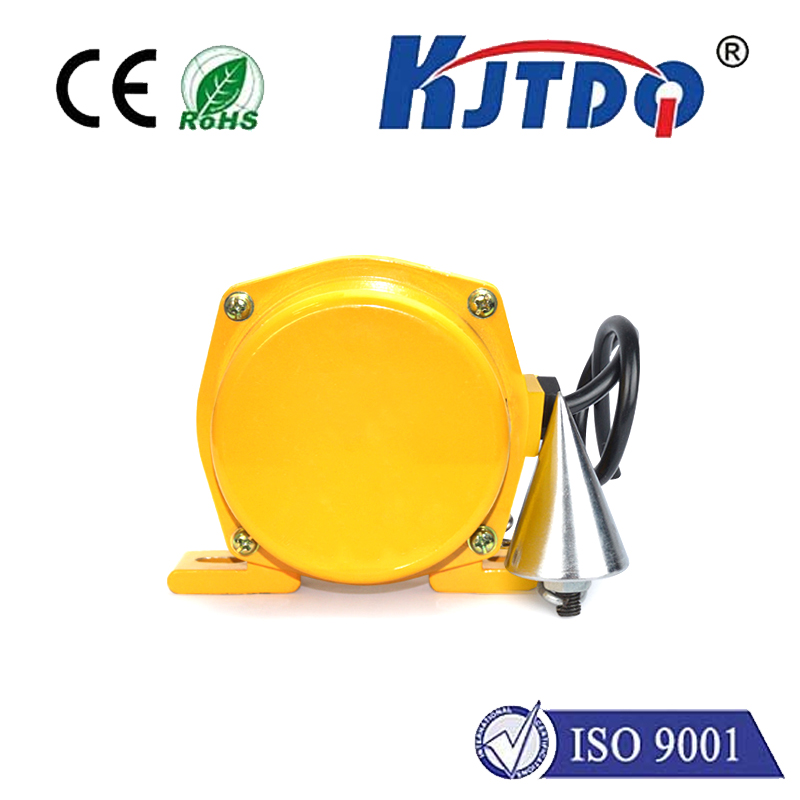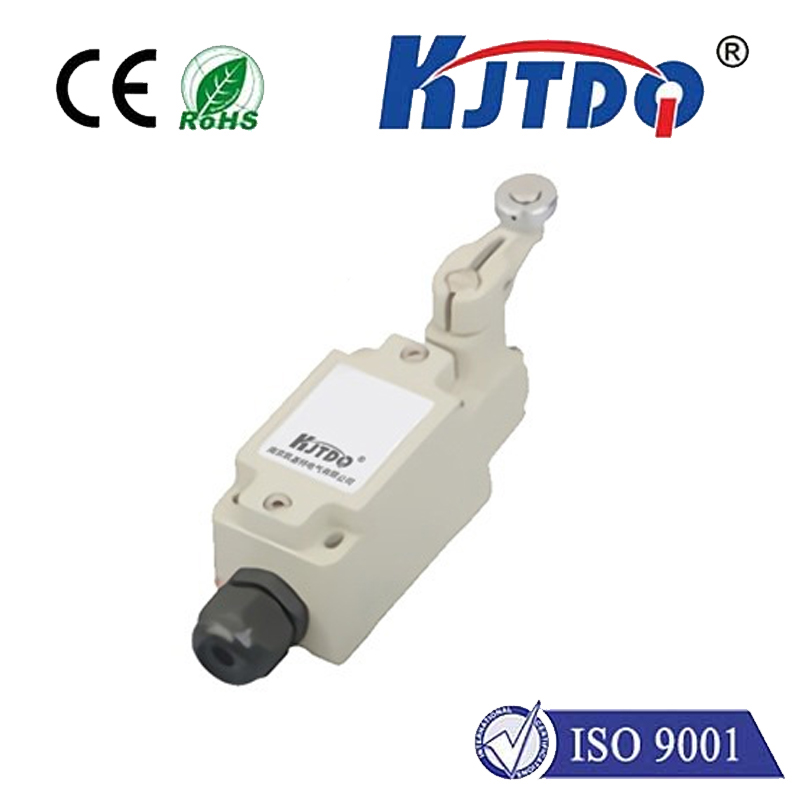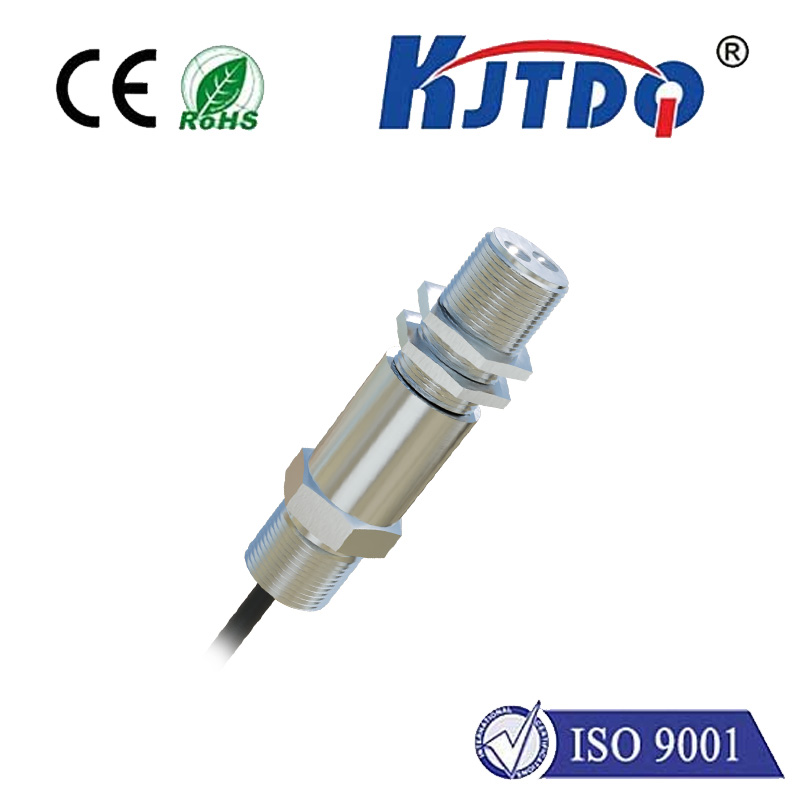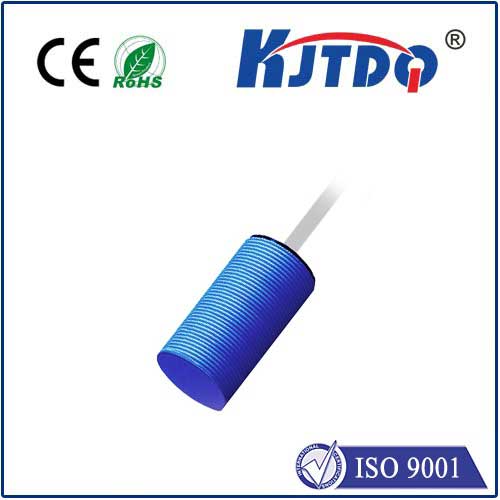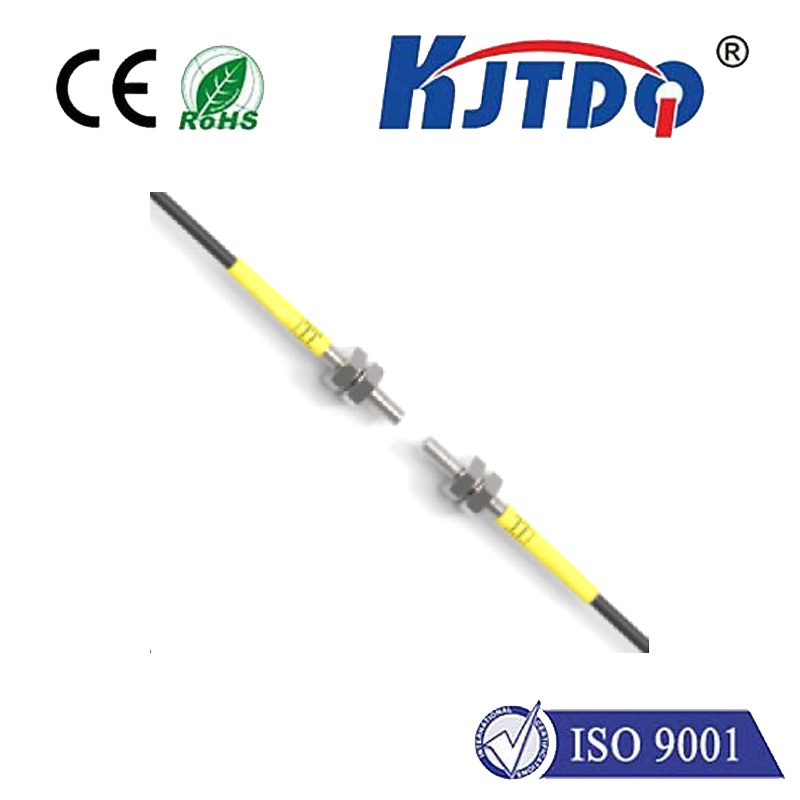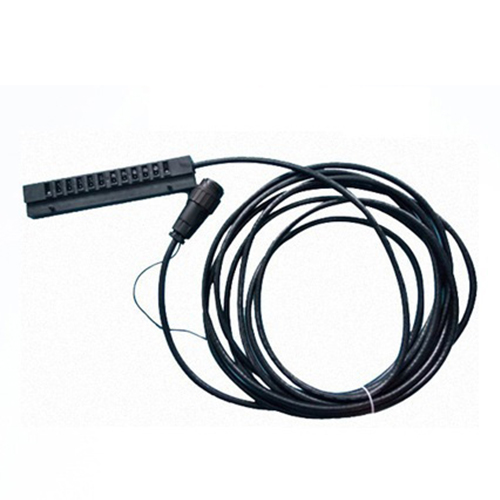fc-spx305 5mm slot photoelectric proximity sensor,
- time:2025-09-13 03:10:27
- Click:0
FC-SPX305: Mastering High-Precision Object Detection in Tight 5mm Spaces
Ever needed to detect objects in spaces thinner than your pencil? In the intricate world of automation, manufacturing, and precise machinery, the challenge often isn’t just detecting an object – it’s detecting it within incredibly confined spaces, consistently, and without ever physically touching it. This is where the specialized capabilities of the FC-SPX305 5mm Slot Photoelectric Proximity Sensor become mission-critical. Designed explicitly for scenarios demanding ultra-fine detection apertures, this sensor offers a reliable, non-contact solution for monitoring objects passing through its narrow 5mm slot.
Understanding the “Slot Photoelectric Proximity Sensor” Fundamentally, this device operates on the principle of photoelectric sensing. It features a compact U-shaped (slot-type) housing. One side contains an infrared light emitter, while the opposite side houses a light receiver. The core function is elegantly simple yet powerful: the emitter sends a constant beam of infrared light across the 5mm gap to the receiver. When an opaque object passes through this precise slot, it physically interrupts this light beam. The receiver immediately detects this absence of light and triggers an electronic signal – typically switching its output state. This non-contact (proximity) detection makes it ideal for counting, positioning, verifying presence, or triggering actions based on the passage or position of parts, without the wear and tear associated with mechanical switches.

The Critical Advantage: The 5mm Slot Width
The defining characteristic of the FC-SPX305 is its exceptionally narrow 5mm detection slot. This dimension isn’t arbitrary; it addresses a specific class of challenges:
- Fine Object Detection: It excels at detecting very small objects like thin wires, micro-components, fine blades (e.g., in shavers or cutting tools), small tabs, or individual pills moving on a conveyor within blister packs. Larger sensors simply couldn’t ‘see’ these tiny items accurately.
- Restricted Mounting Space: Many applications, especially within compact machinery, robotic arms, printer mechanisms, or intricate assembly lines, have severe spatial constraints. The slim profile of the FC-SPX305 allows it to be mounted precisely where needed.
- Precise Edge Detection: Where pinpoint accuracy is paramount – such as determining the exact edge position of a material web, verifying the alignment of a notch, or triggering based on a specific tab position – the narrow slot provides a highly defined detection point.
- Minimizing Misdetection: The confined aperture inherently helps exclude background light interference and reduces the chance of unintended detection from objects passing near, but not through, the intended detection zone.
Unpacking the FC-SPX305’s Key Features & Benefits
While the 5mm slot is its headline feature, the FC-SPX305 incorporates several design elements ensuring robust performance:
- Fast Response Time: Engineered for high-speed applications, it detects interruptions nearly instantaneously, making it suitable for monitoring rapidly moving objects on production lines.
- NPN or PNP Output Options: Common configurations typically include either an NPN (sinking) or PNP (sourcing) transistor output. This provides voltage flexibility (often 10-30V DC) for seamless integration with various Programmable Logic Controllers (PLCs), counters, timers, or microcontrollers.
- High Repeat Accuracy: Offers consistent and reliable detection cycle after cycle, ensuring process stability and quality control. Performance is not compromised by repeated use.
- Compact and Robust Housing: The slotted design inherently provides some physical protection for the optical components from debris and misalignment. Many variants feature durable plastic housings suitable for industrial shop floors.
- Simple Installation & Alignment: The slot design simplifies installation compared to some opposed-mode sensors. Mounting brackets are often designed for easy adjustment to ensure the beam path is clear and the slot aligns perfectly with the object path.
- Low Voltage Operation: Compatibility with standard industrial control voltages enhances its versatility.
Where the FC-SPX305 Truly Shines: Real-World Applications
The unique 5mm slot capability of the FC-SPX305 unlocks solutions across diverse sectors:
- Manufacturing Automation:
- Counting small parts (screws, pins, pills) on high-speed conveyors passing through narrow chutes.
- Verifying the presence of thin gaskets or small components during assembly.
- Detecting the edge or notches on thin metal strips or plastic films for precise cutting or registration control.
- Monitoring the position of actuator arms or slides within compact machinery.
- Packaging Machinery:
- Confirming the presence of individual pills in blister packs before sealing.
- Detecting thin foil seals or tear strips.
- Verifying flap positions on small cartons.
- Printing & Paper Handling:
- Detecting paper jams within tight rollers.
- Verifying sheet presence in printers/copiers with narrow paper paths.
- Monitoring perforation positions.
- Textile Industry:
- Detecting broken needles or thin threads.
- Monitoring the edge of narrow fabric rolls.
- Consumer Electronics Assembly:
- Precise positioning of small PCB boards.
- Detecting the insertion of tiny connectors or micro-SIM cards.
- Verifying the movement of miniature actuators.
- Security and Access Control: Counting people through narrow entryways (though often covered by other sensor types too).
Technical Considerations for Deployment
To maximize the effectiveness of the FC-SPX305 sensor in any application, a few critical factors must be addressed:
- Target Object: The object must be opaque enough to reliably interrupt the infrared beam. Transparent, highly reflective, or very dark matte finishes might reduce detection reliability and require testing or alternative sensor types (like diffuse reflective). The object’s size must be sufficient to fully block the beam within the slot.
- Mounting Stability: Vibration or movement of the sensor housing itself can cause misalignment and false triggering. Secure mounting is essential.
- Contaminants: While the slot offers some protection, dust, dirt, oil, or heavy moisture buildup inside the slot can potentially scatter or block the light beam, affecting performance. Operating in relatively clean environments or implementing protective covers is recommended if necessary.
- Ambient Light: Although designed to combat interference, intense ambient light sources (like direct sunlight or welding arcs) pointed directly into the slot could potentially interfere. Mounting orientation or slight shielding may be needed in extreme cases.
- Electrical Compatibility: Ensure the chosen output type (NPN or PNP) matches the input requirements of the connected control device (PLC, counter, etc.), and the operating voltage is within the sensor’s specified range.
The FC-SPX305 5mm Slot Photoelectric Proximity Sensor embodies precision engineering for constrained environments. Its specialized 5mm aperture solves detection problems that are impossible for larger sensors. By providing fast, non-contact, and reliable object detection within this ultra-thin profile, it becomes an indispensable tool for enhancing accuracy, efficiency, and control in countless automated processes involving small components or narrow pathways – proving that sometimes, the smallest tools deliver the most significant impact.






